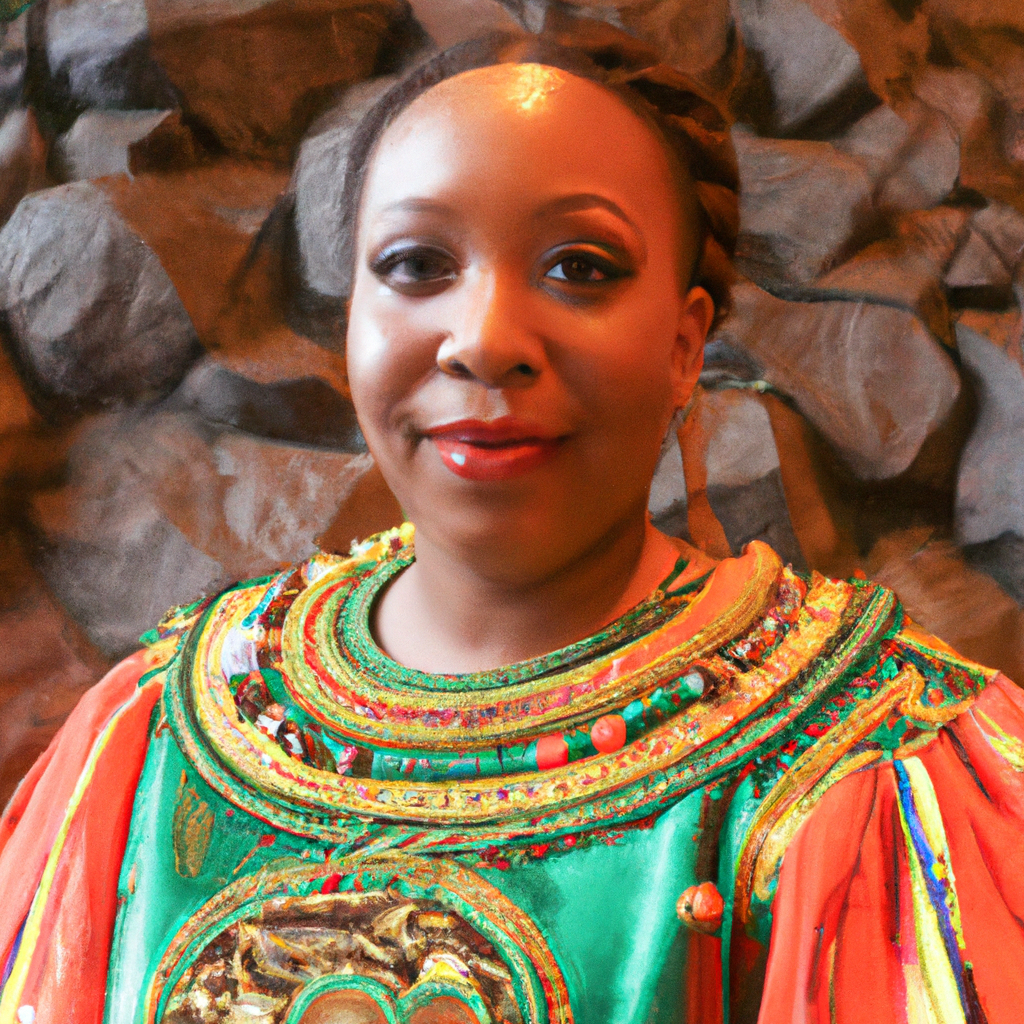Exploring Cultural Style: Traditional Clothing Around the World
Every culture around the world has its own unique style of clothing that is deeply rooted in its history, traditions, and beliefs. From vibrant colors to intricate designs, traditional clothing serves as a visual representation of a culture’s identity. In this article, we’ll take a journey around the world and explore the fascinating world of traditional clothing.
1. Kimono – Japan
Let’s begin our adventure in Japan, where the iconic kimono has been worn for centuries. The kimono is a traditional Japanese garment, characterized by its straight-line silhouette and T-shaped structure. Made from silk or other luxurious fabrics, it is often adorned with intricate patterns and colorful designs. This elegant attire is typically worn on special occasions such as weddings and festivals.
If you want to see the beauty of a kimono in action, check out this traditional Japanese kimono fashion show on YouTube!
2. Sari – India
India is renowned for its vibrant and diverse culture, and one of the most iconic traditional garments is the sari. A sari is a long piece of fabric, usually made from silk or cotton, that is draped around the body in various ways, depending on the region. With countless colors, patterns, and styles, it truly reflects the rich cultural heritage of India.
3. Hanbok – South Korea
In South Korea, you’ll find the hanbok, a traditional garment that dates back to the Joseon Dynasty. The hanbok consists of a wrap-around skirt (chima) for women and loose pants (baji) for men, along with a jacket (jeogori) worn by both genders. It is often characterized by vibrant colors and delicate embroidery, symbolizing traditional Korean aesthetics.
4. Dirndl and Lederhosen – Germany
If you attend Oktoberfest in Germany, you’ll see people sporting dirndls and lederhosen. Dirndls are traditional Bavarian dresses for women, featuring a fitted bodice, full skirt, and an apron. On the other hand, lederhosen are leather trousers worn by men, typically accompanied by suspenders and a checked shirt. These traditional garments showcase the rich heritage of Bavarian culture.
5. Kente Cloth – Ghana
Traveling to West Africa, we arrive in Ghana, where the brightly colored and intricately woven kente cloth takes center stage. Made by the Ashanti people, kente is made from silk or cotton and is characterized by its vibrant geometric patterns and symbolic meanings. This beautifully handcrafted fabric is often worn during important ceremonies, such as weddings and festivals.
6. Poncho – Peru
Heading to South America, we discover the poncho, a traditional garment widely worn in the Andean highlands of Peru. Ponchos are made from woven wool, which provides warmth and protection against the cold mountain climate. With their vibrant colors and unique patterns, these ponchos not only serve as practical clothing but also showcase the artistic talent of the Peruvian people.
7. Dashiki – Nigeria
In Nigeria, you’ll find the dashiki, a colorful and loose-fitting garment worn by both men and women. The dashiki features bold patterns and designs, often accompanied by intricate embroidery. It holds significant cultural value and has become increasingly popular worldwide as a symbol of African identity and fashion.
8. Cheongsam – China
Among the traditional clothing styles, the elegant cheongsam from China deserves a special mention. Known for its high-collar, figure-hugging design, and slits on the sides, the cheongsam is a symbol of grace and femininity. It is often made from silk or satin and is adorned with delicate embroidery or floral patterns.
9. Tartan – Scotland
Finally, let’s explore the iconic tartan, which hails from Scotland. Tartan is a distinct pattern consisting of crisscrossed horizontal and vertical bands woven into various colors. Each tartan design represents a specific Scottish clan or family, showcasing their heritage and history. Today, tartan is not only seen in kilts but also in various modern fashion trends.
This journey through traditional clothing from around the world has allowed us to appreciate the beauty, diversity, and unique cultural touchstones found in each garment. Clothing serves as a powerful expression of identity and heritage, connecting people and reflecting the traditions that shape our fascinating world.



